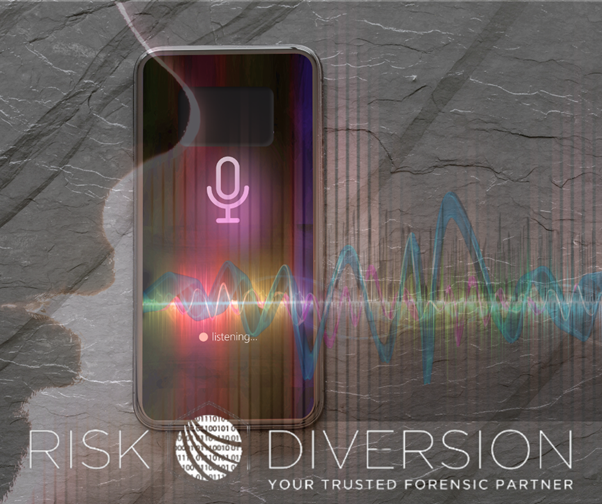Your child and cyberbullying

We live in a world where information communication technology (ICT) is an integral part of our daily lives. During the last 3 decades, cyberspace has grown to a global network of more than 4.5 billion users from around the world. Cyberspace is available 24 hours a day, 7 days a week. We use it for work, education, business and social activities; however, the use of different kinds ICTs puts our personal information at risk.
According to a 2017 study done by Prof Elmarie Kritzinger, aimed to investigate the level of cyber safety awareness among school learners, the following findings were published of 503 high school respondents between the ages of 16 and 19, representing all races across the nine provinces.
99% of learners have cell phones;
98% of learners have access to the Internet through their cell phones;
63% of learners indicated that they had accessed inappropriate Internet material in the past;
65% of learners indicated that they were aware of cyberbullying at their school;
7.5% of learners indicated that they had been a victim of cyberbullying;
64% of learners indicated that their parents did not monitor their cell phone or internet activities;
86% of learners did not need permission from their parents to go online;
78% of learners did not have any parental guidance software installed;
35% of learners indicated that they were hiding some online activities from their parents; and
54% of the learners requested that cyber safety be included in their school’s curriculum.
Cyberbullying is fast becoming a bigger problem for young adults than drug abuse, with 20% of teenagers victimised and 51% of adolescents saying it is more vicious than face-to-face bullying.
Social media law expert Emma Sadleir said cyberbullying is different to traditional bullying because it is often faceless and more vicious.
“In the old days, it was just the immediate audience who would hear or see what was being done but now, everybody sees it on the internet, and it is permanent,” she said.
So, remember once something is posted to cyberspace, it becomes very difficult to undo posts and completely cover your tracks. There are always likes, shares and screenshots taken without you knowing.
Risk Diversion investigate mobile devices for evidence that was posted or created on the device that can assist to identify a cyberbully. Contact us today for more information!











